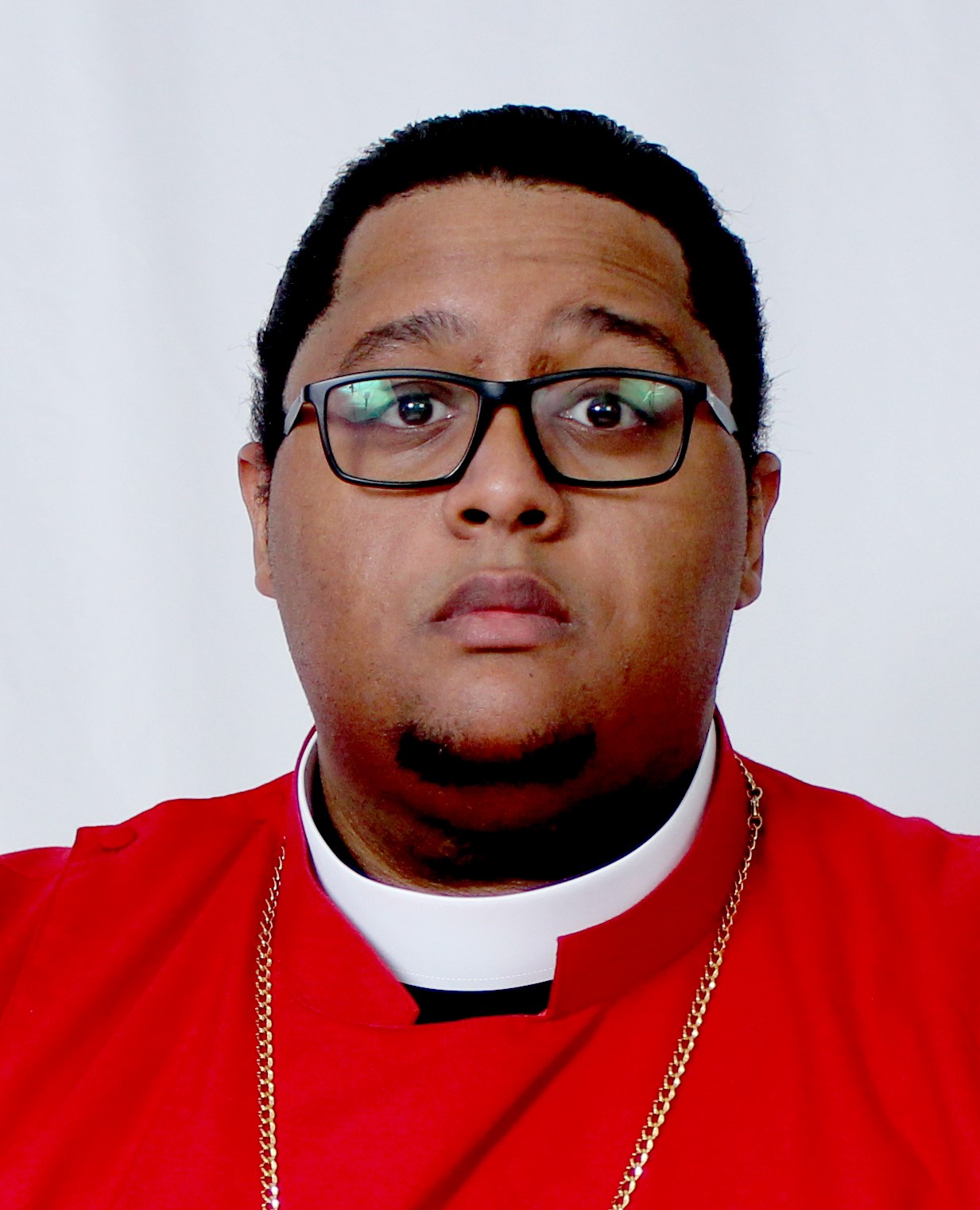Rev. Dr. Brandon A. A. J. Davis, Contributing Writer
We are hours from the beginning of the 52nd Quadrennial Session of the General Conference of the African Methodist Episcopal Church. This gathering, steeped in our rich history, is a pivotal moment for us as the last of the Black Methodist bodies to convene and to carry out the quadrennial legislative work of the Black Church. It’s a time to reflect on our past and look forward to our future.
As custom, there are a plethora of rumors circulating about the connection, several of which do not hold any significant weight. However, as is our tradition, much of the conversations being had centered on who will be elected to superintend the church’s work, the proposed 2.7% connectional budget increase, will the AME Church become open and affirming to LGBTQ, and the annuity crisis. In addition to these concern, I am not unenlightened to recognize the hard and ardent work of our clergy and laity who have tirelessly worked to proposed legislation that will help carry our denomination forward in the spirit of holiness and equality.
Not since May 7, 1900, has the Connectional Church gathered in Columbus, Ohio, for a general conference. The 21st Quadrennial Session was held at 570 Park Street, Columbus, Ohio, in the Columbus Auditorium, with St. Paul AME Church serving as the host Church. That quadrennial, the AME Church boasted 663,706 communicant members (eligible to receive the sacraments of the church) and 1,659,765 Adherents (loyal members), 5,439 preachers, raised $984,462.85, and $1,140,013.00 for education. The twentieth-century offering appeal was for $600,000.00 .25 per member of the AME Church. This rich history, a testament to our church’s legacy, is a reminder of the work that has been done to bring us to where we are today.
While furthering my research for a second master’s degree, I stumbled across the Episcopal Committee report, which recommended not to elect five new bishops but instead four because it was too much of a costly burden to the connectional budget. In 1900, the Church maintained nine active bishops at a pay of $4,444.44 annually, which amounted to $40,000.00 per quadrennial. In 124 years, the salary of AME Bishops per discipline has only increased by $23K. I shared this information with one of our bishops, and they felt it should be written down somewhere; sincerely, I hope this helps.
It is certain the times are not the same, although some realities persistently remain the same. This general conference is special due to the fact it will be at full strength. No doubt significant work was done in 2021 in Orlando, Florida, as the general conference met in hybrid formats during a global pandemic. With everyone gathering now in Columbus, we will see the machinery of African Methodism in all its glory. With awe-struck wonder, we will watch the grandest of professionals; we will respond with jubilation to the Senior Bishop as only Bishop Richardson can say, “I was glad! When they said unto to me, let us go into the house of the Lord.” We will watch for our connectional favorites and their sesquipedalian prose as they utilize the “Kings English” to articulately pontificate their feelings regarding various legislative issues. We will encounter candidates as they make their case for election through hallway speeches, luncheons, songs, handouts, and late-night delegation visits. We will gather in our delegation to address crucial issues of concern and make our final decision on who will become our next Bishop. We will sit in Holy silence as the members of the Episcopal Committee come before us to make their reports: “Mister Chairman: The Episcopal Committee is at the DOOR!” These are some of the things many of us have experienced before and readily look forward to now.
Yet, still, there remains to be seen what clear and certain hope for the future of the AME Church looks like. Will any contentious, deep, and personal issues that sit before us as proposed legislation causes physical and spiritual horripilation of dread as it tingles down our necks and spines? Will we lose sight of who we are in a vain attempt to become something God does not recognize? Will we hold to the traditions of the past, or will we forge new pathways of leadership and engagement by being prospicient as we gauge the next quadrennial of African Methodism?
As we stand on the threshold of the 52nd Quadrennial Session, we are filled with hope for the future of the AME Church. Our actions in Columbus, Ohio, will shape the destiny of our great Zion. Let us embrace the wisdom of our past and the promise of tomorrow. As William James Durant said, ‘We are what we repeatedly do. Excellence, then, is not an act, but a habit.‘ Let our actions today build a brighter future for the AME Church.





